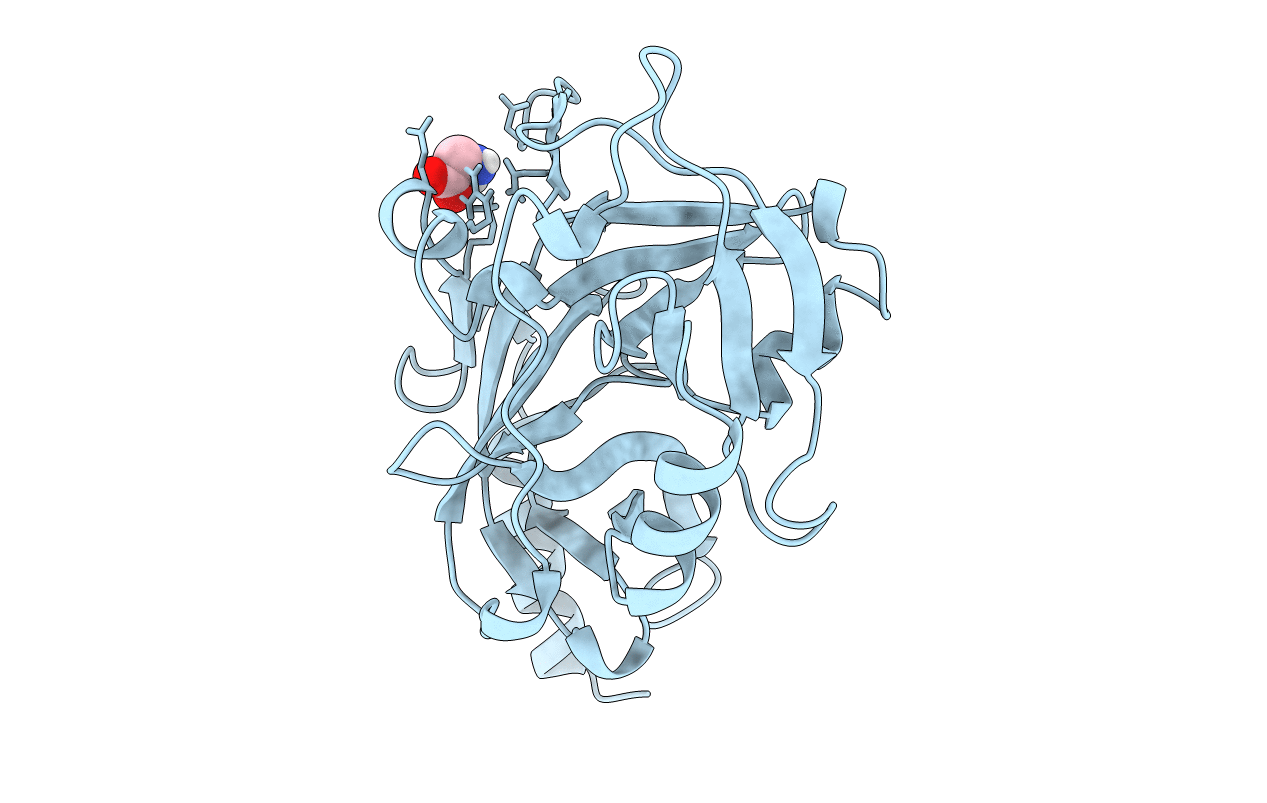
Deposition Date
1996-10-22
Release Date
1998-02-25
Last Version Date
2024-03-13
Method Details:
Experimental Method:
Resolution:
2.10 Å
R-Value Free:
0.20
R-Value Work:
0.17
R-Value Observed:
0.17
Space Group:
P 43 21 2


